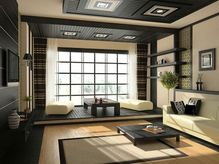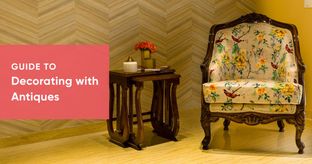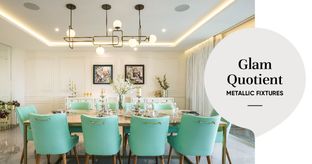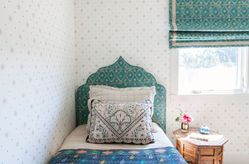Can’t decide whether you should stick to a sleek minimal look or go peppy 80’s retro style for your brand new home? A smart way out is to opt for a decor scheme that fuses elements of two or more styles. When done right, this can result in beautiful spaces that bring together the most pleasing characteristics of each style in interesting ways. Here are some key points to keep in mind when mixing decor styles:
1. Pick favourites : Emphasize one style over others.
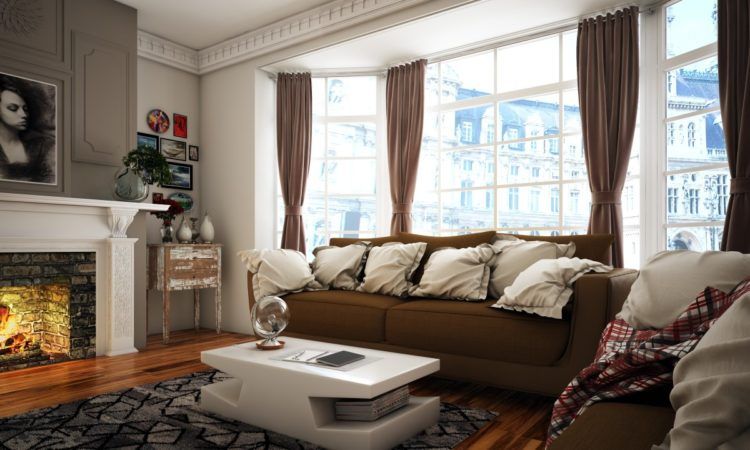
Choose to highlight one style over all the others to define the mood of the space. Emphasizing one style goes a long way in ensuring visual harmony across your spaces. A majority of the elements in the room should belong to the “favorite” bracket and other styles should be represented in fewer quantities so that they play second fiddle. Mix up and distribute the various decor elements across the entire space; for example, if you have a living room is designed with classical mouldings and cornices, the furniture would ideally comprise period style tables and armchairs. To introduce variations, place a clean lined contemporary sofa against one wall and incorporate motifs from a third style on the throw pillows.
2. Unity in diversity : Pick a common thread to unite different styles.
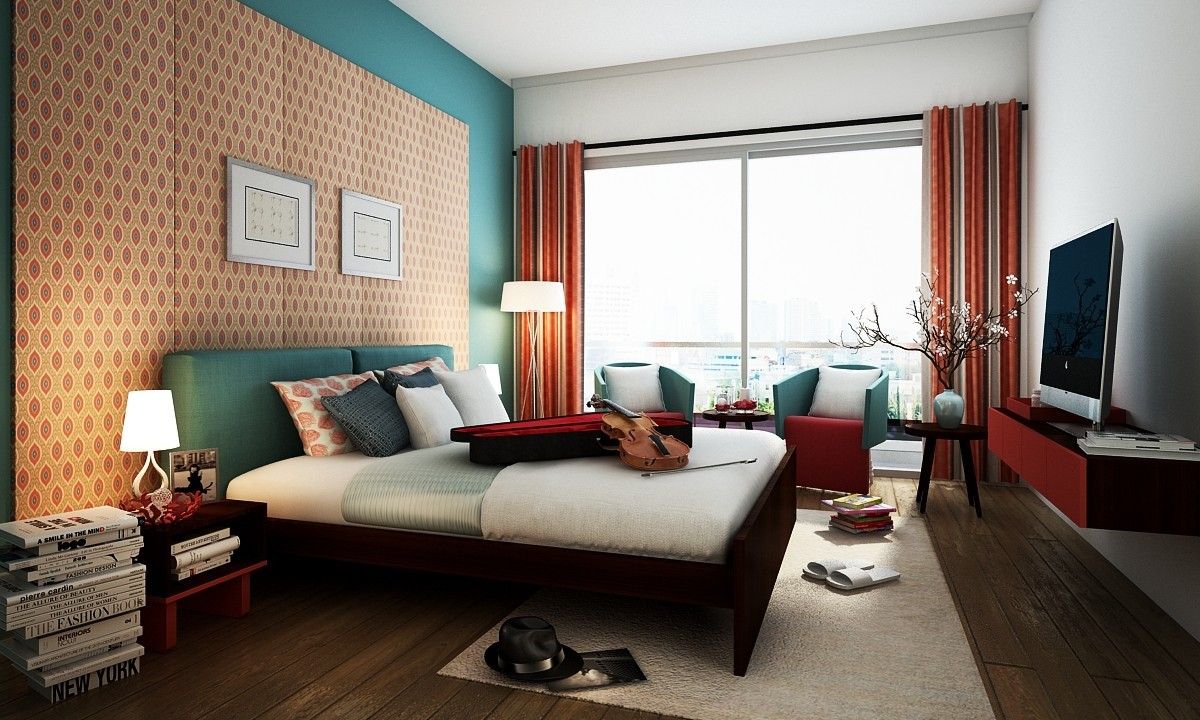
Ensure that atleast one common feature remains consistent across different pieces in the room.This can be done in many ways – sticking to a single color, ensuring that all pieces are made of the same material or perhaps a generous use of prints and patterns across all furniture. Scale is another criteria that can help unite different elements in your room. For example, a massive victorian table will look distinctly out of place when paired with a compact minimalist chair. Picking elements which are roughly proportionate in size to each other will go a long way in creating a sense of balance in the room.
3. Contain the chaos : Stick to a limited color palette 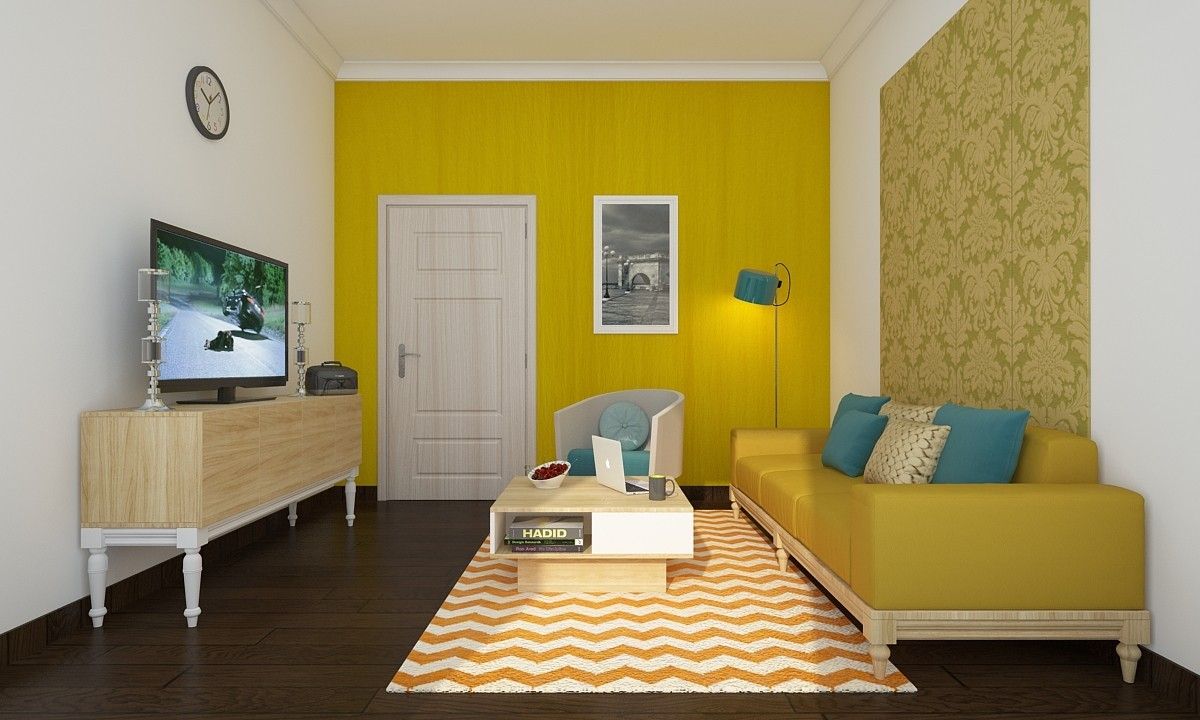
When you have design elements from different styles, it makes sense to stick to a limited color palette. Too many clashing colors can result in a chaotic, disordered look that doesn’t hold together. A simple scheme limited to two or three colors can go a long way in uniting the different elements in your room. For example, a palette of greys, white and brown is the perfect way to blend early victorian decor accents and industrial style furniture. For variation use different shades and hues of the same color to create a gradation of tones across the space. Another way to harmonize would be to balance warm and cool colors across the room for a pleasing effect.
4. Go all the way : Pick out visually distinctive pieces that are striking. 
When mixing decor styles, pick pieces that distinctly reflect the style you’re interested in for truly eclectic feel. For example, if one of your style is industrial, opt for pieces that predominantly use wood and metal for that signature “warehouse” look. Maintain this principle for every single decor and furniture element that you place in the room. This will ensure that each piece in the room contributes to the overall mood. Avoid generic pieces that don’t really belong to any style.
5. Highlight differences : Place elements to create striking visual and stylistic contrasts. 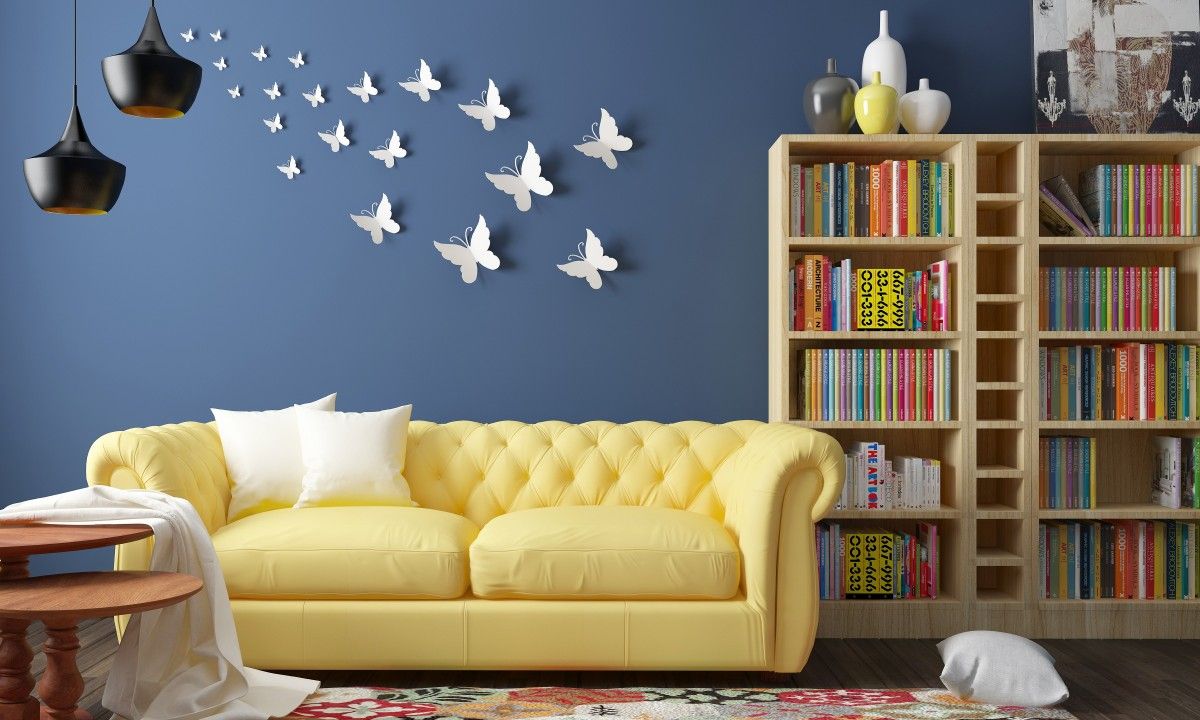
The key to blending decor styles is to visually highlight the differences between furniture pieces in a noticeable manner. Treat each area of the room as a separate frame. Place elements in such a way that the contrast in styles is definite and visible without being jarring, as viewed from different angles in the room. One way to do this is to keep all elements in the foreground in one style and incorporate a different style for the main element in the background. Alternatively, pair each large piece of furniture with smaller pieces like footstools or sidetables of different styles.
6. Space Out : Empty space helps define focal points across the room. 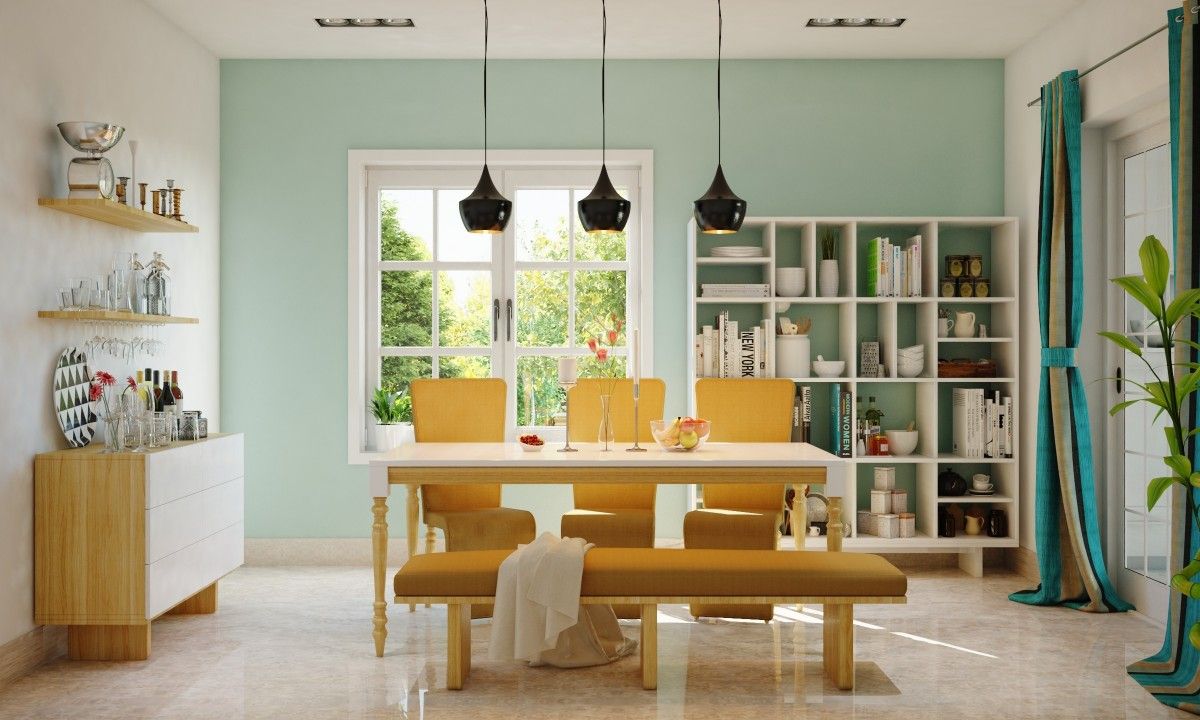
Packing elements from different styles into tight clusters tends to create visual chaos. Space out your furniture arrangement to give each piece enough breathing room. Define a visual hierarchy for the room. Create primary, secondary and tertiary areas and ensure enough space between them. Treat each area in the room as a separate zone to be designed and plan the positioning of elements to create focal points for maximum visual impact.This will let each of your pieces shine on their own and make the arrangement work as a whole.
7. Less is more : Don’t go overboard with too many knick knacks 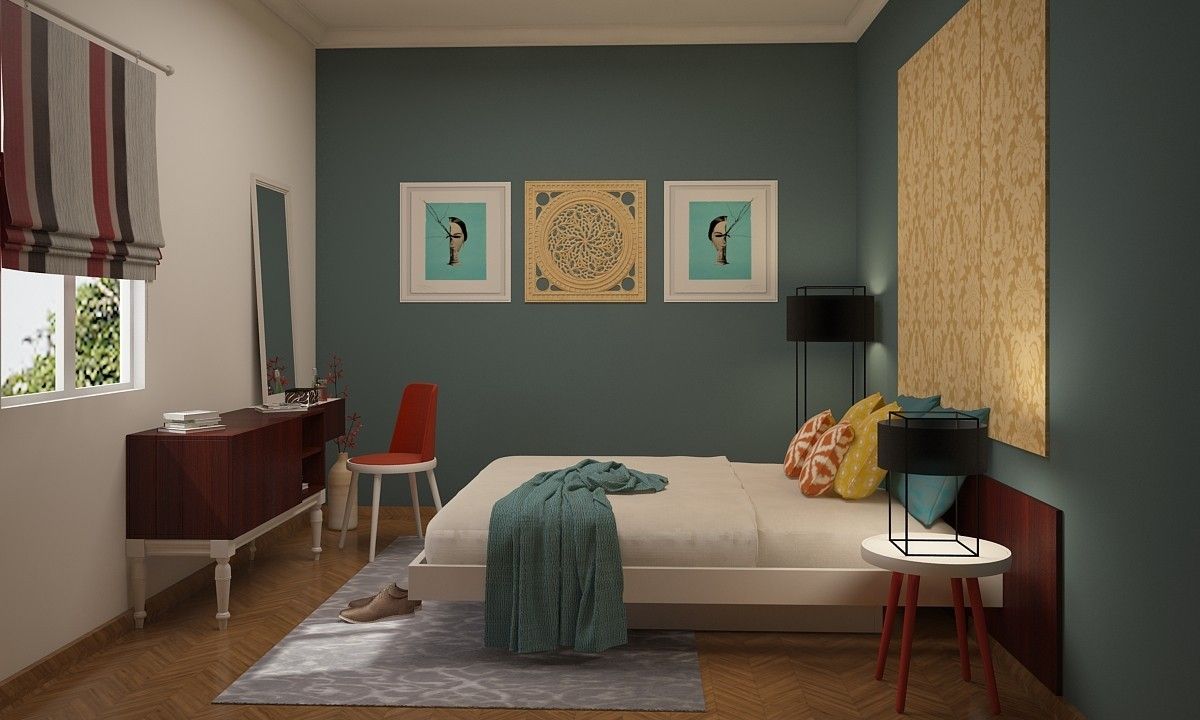
Once you have your basic arrangement set, resist the temptation to incorporate too many decor pieces into your room. In a lot of cases, a spaced out, well coordinated arrangement of a few striking furniture pieces results in a much better look as compared to an overcrowded ensemble of mis-matched elements. The same goes for decor accents and artwork – stick to a few pieces from two or three styles and ensure that there is enough empty negative space around them. This will draw attention to individual pieces and prevent the space from looking cluttered.
Lastly, don’t be afraid to bend the rules a bit and play around with elements. Some of the best combinations are created in the spur of the moment, in a purely instinctive way without conscious thought. So use these pointers as loose guidelines, get creative and experiment freely with blending different styles for a look that is uniquely you.




















